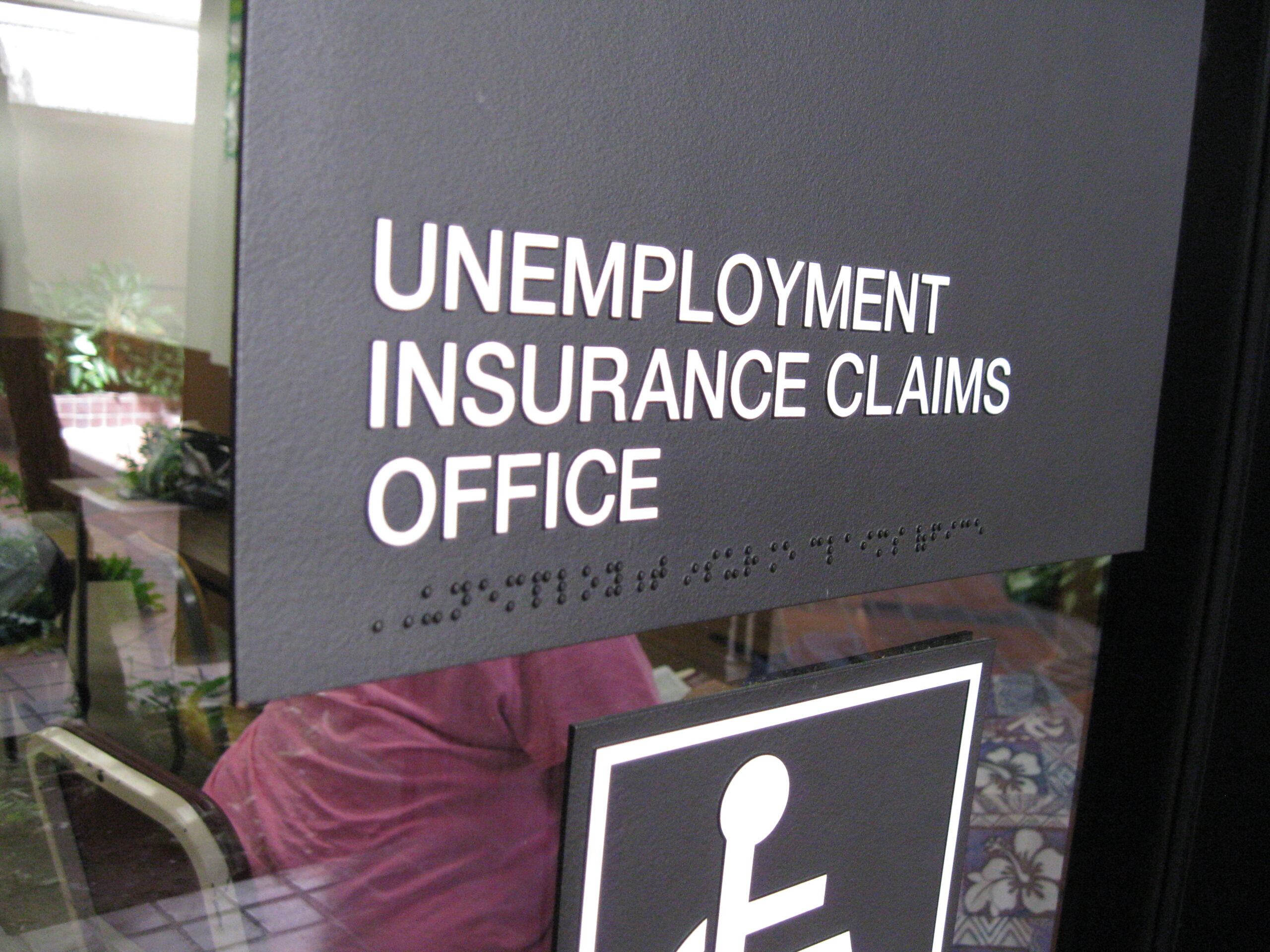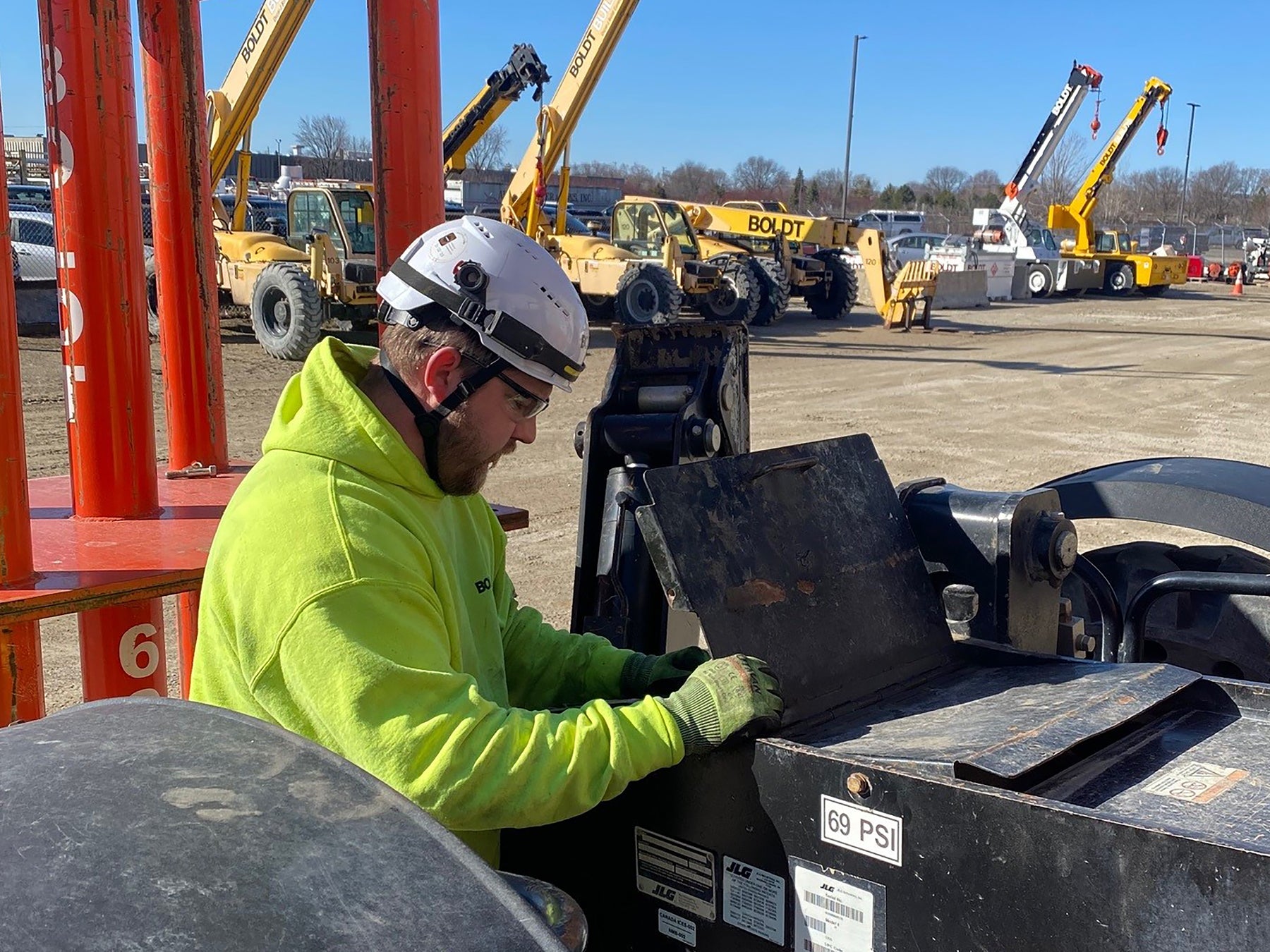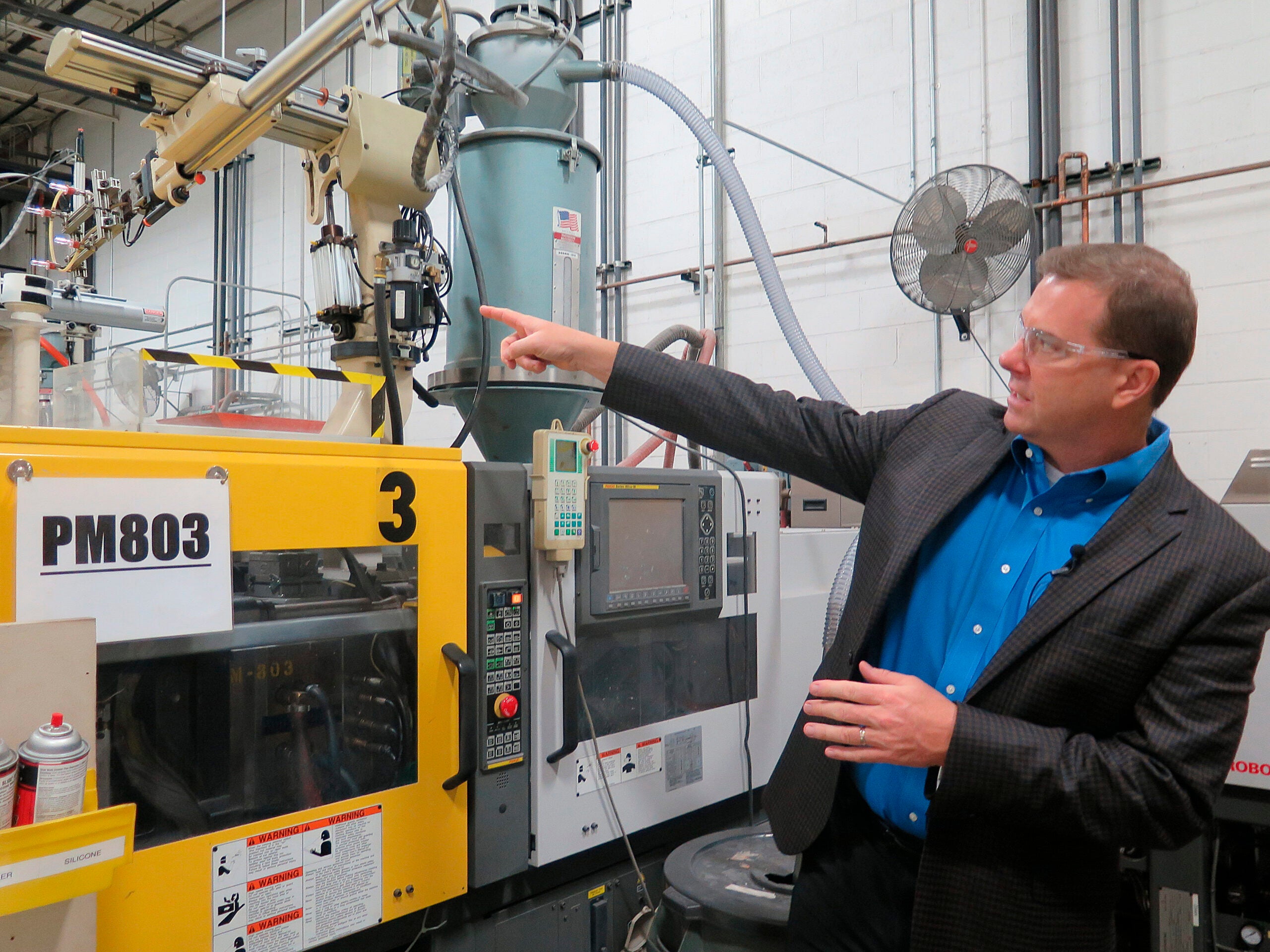Gov. Tony Evers has applied for a federal program that would supplement weekly unemployment insurance benefits by $300, according to a Friday morning press release.
The move comes as tens of thousands of unemployed workers in Wisconsin are closing out their fifth week with no additional aid supplementing their benefits, which max out at $370 a week.
“Wisconsin workers continue to face financial burdens and stress due to the COVID-19 pandemic, and we are working hard to ensure folks across the state are able to access the support they need,” Evers said in a statement. “While I am grateful to be able to provide an additional $300 to eligible claimants, Wisconsin needs Congress and the Trump administration to come to an agreement on a continued, robust response to the pandemic. Our unemployed workers deserve certainty regarding the support that will be available to them while our state and nation continue to weather this unprecedented crisis.”
Stay informed on the latest news
Sign up for WPR’s email newsletter.
President Donald Trump announced the program, known as Lost Wage Assistance, on Aug. 8. But Evers initially declined to say whether he would participate in the program, and later said his administration was evaluating the program.
“I think it’s about time,” Chenon Times-Rainwater, an unemployment activist and co-founder of the Wisconsin Unemployment Action Group, said. “It’s important. There are a lot of people in our state that are definitely in need of it.”
A program created by Congress through the federal CARES Act supplemented unemployment benefits by $600 a week. That program technically ended on July 25 in Wisconsin, although its official final day under federal law was July 31. Congress remains locked in a stalemate over another round of stimulus spending, including supplemented unemployment benefits.
How Much Will The New Supplement Be?
In his statement, Evers said that his administration is seeking approval for a plan to provide an additional $300 in weekly benefits.
States were given the option to supplement unemployment benefits by $400 a week, with states covering $100 and the federal government paying the remaining $300 in weekly benefits, but Evers declined to take that option. Unemployment insurance experts have said that many states may not be able to afford to chip in to boost unemployment benefits at a time when many are facing financial shortfalls due to the pandemic.
The program uses money from the Federal Emergency Management Agency. According to the statement, FEMA will give states a three-week allocation of funding if approved and additional funding is determined on a weekly basis after that.
Times-Rainwater said that because many states are now applying for these funds and because it comes from the same federal money that is used to pay for disaster relief, her group is telling unemployment recipients that they’ll likely get the initial three weeks of $300 payments and that’s it.
Experts have previously criticized the way the program’s funding works, saying the amount of money is finite and will likely be depleted quickly, before many unemployed workers have a chance to access it.
Who Qualifies For It?
To qualify for the additional benefits, unemployed workers must be receiving at least $100 a week in unemployment insurance and certify that they are partially or completely unemployed because of the COVID-19 pandemic, according to the statement.
Michele Evermore, an unemployment expert with the left-leaning National Employment Law Project, said that answering “yes” to that question is crucial, adding that she’s seen a lot of people answering the question incorrectly in other states.
“I think people probably don’t know that that’s the key to being eligible for the $300,” she said. “They may just think this is a random survey question of some sort when they get it. So I just want people to be aware that that is a condition of being eligible for the benefit.”
The payments would be in addition to regular unemployment insurance, Pandemic Unemployment Insurance (PUA), or Pandemic Emergency Unemployment Compensation (PEUC).
When Will It Get To Unemployed Workers?
Money will begin flowing to eligible unemployment insurance recipients if the federal government approves Wisconsin’s request for the money, and if approved, once the Wisconsin Department of Workforce Development (the state agency that administers unemployment insurance) is finished creating the infrastructure for the new program.
According to the statement Friday, DWD has already started this work.
Evermore said there’s been a big range in how long different states have said it will take them to program the new benefit.
“Six states now are already paying out the $300 benefit, but other states are saying it could take as long as a couple of months to program the benefit into the computer system,” Evermore said. “It could take anywhere from a couple of weeks to October before benefits start going out.”
But Times-Rainwater expressed confidence that DWD may be able to get the program up and running quickly. She noted that it took the department two weeks to program the previous $600 a week supplement. This time around she’s hopeful they can set up the benefit in a single week.
“I think it would be really good for the people of Wisconsin because you’re looking at $900 extra with that three weeks of back pay,” Times-Rainwater said. “That would be essential. Especially at the beginning of the month … so that people could pay their rent.”
Experts have previously criticized the program because it requires states to build entirely new systems for benefits, a process which can take weeks, if not months, in the middle of a surge in unemployment claims.
Wisconsin Public Radio, © Copyright 2025, Board of Regents of the University of Wisconsin System and Wisconsin Educational Communications Board.





